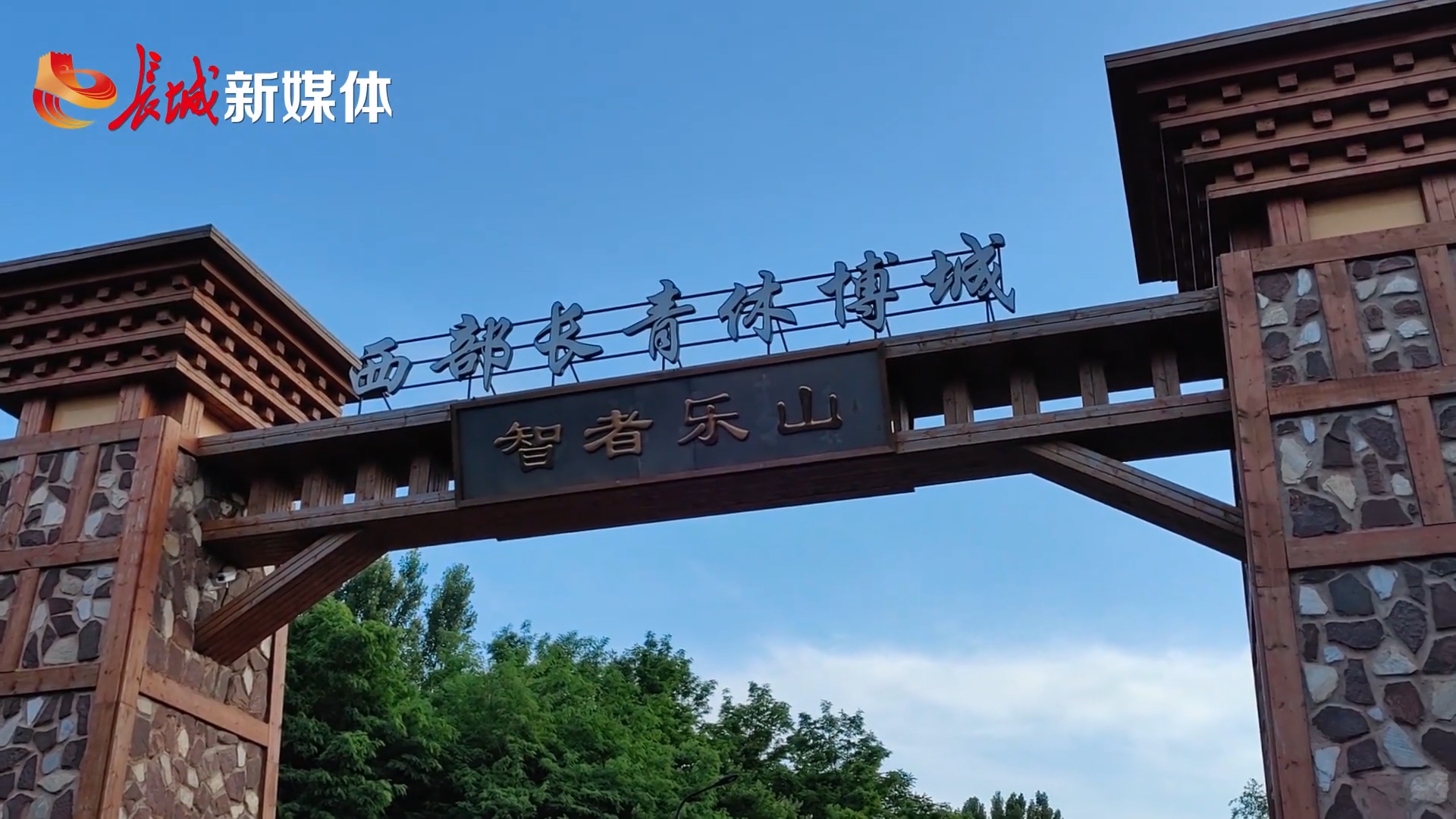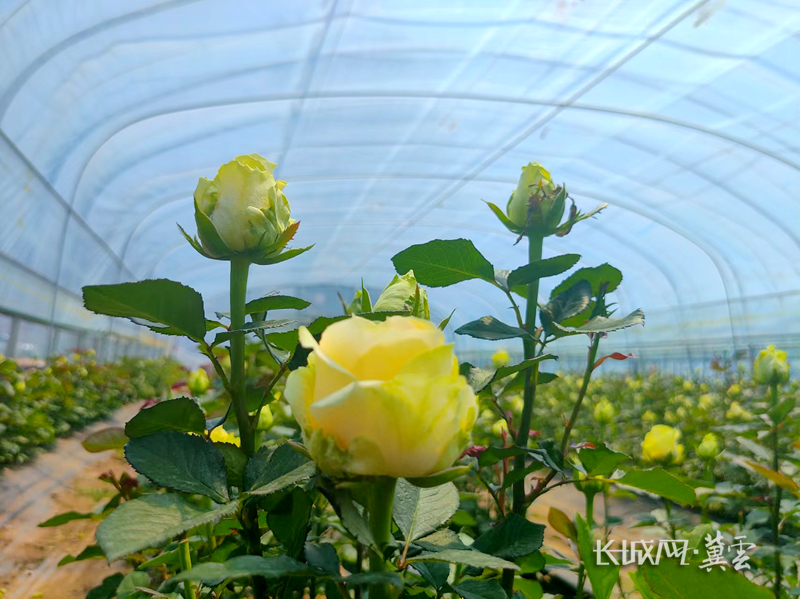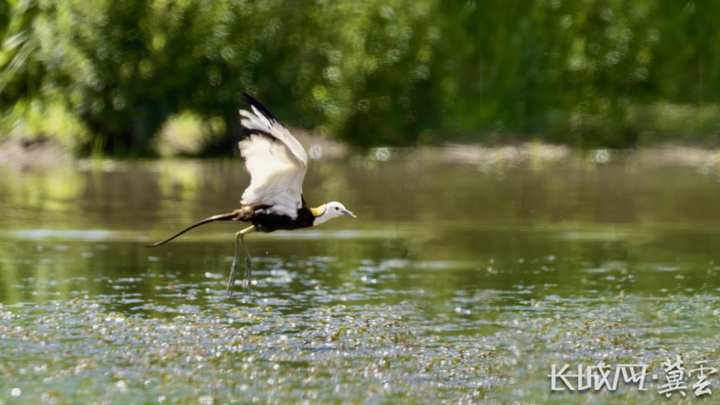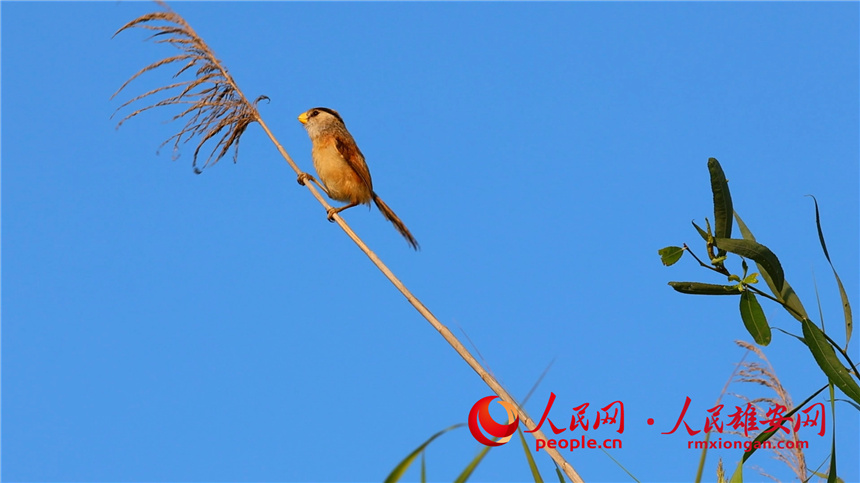
Photo shows a reed parrotbill in Baiyangdian wetlands in Xiong'an New Area, north China's Hebei Province. (Photo/Gao Teng)
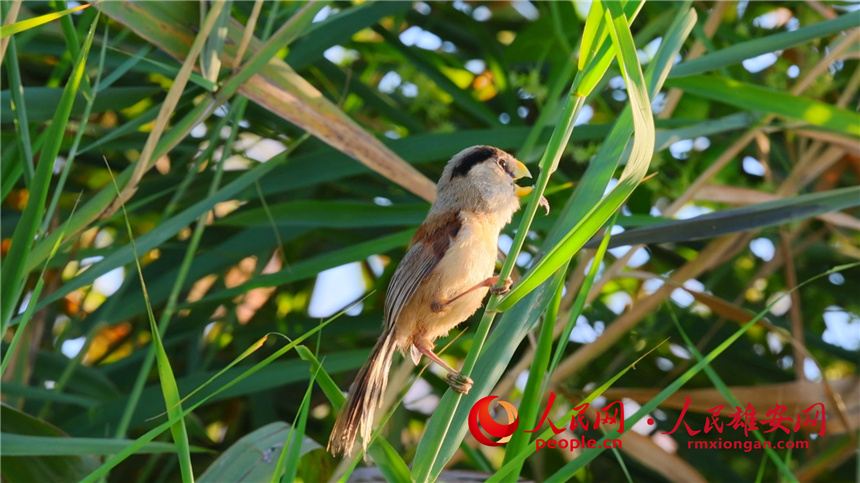
Photo shows a reed parrotbill in Baiyangdian wetlands in Xiong'an New Area, north China's Hebei Province. (Photo/Gao Teng)
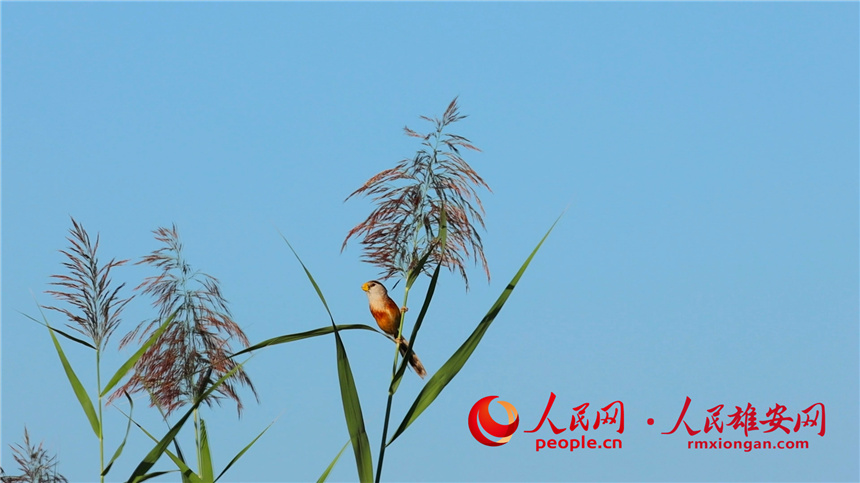
Photo shows a reed parrotbill in Baiyangdian wetlands in Xiong'an New Area, north China's Hebei Province. (Photo/Gao Teng)
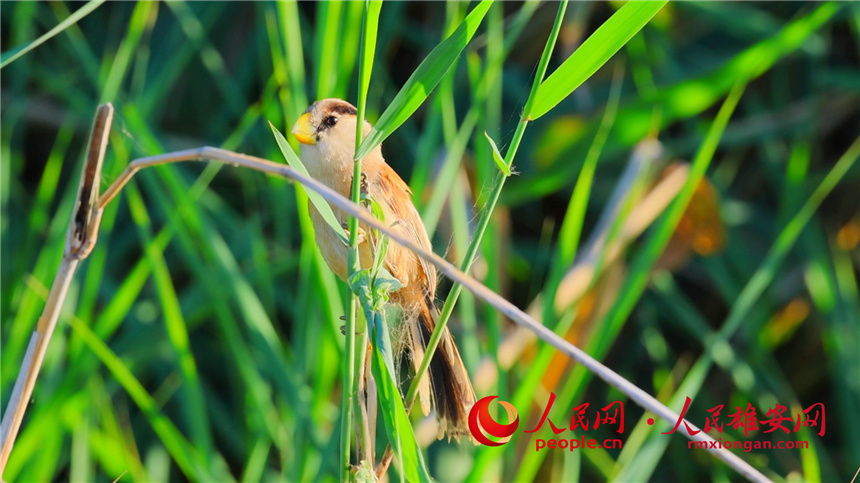
Photo shows a reed parrotbill in Baiyangdian wetlands in Xiong'an New Area, north China's Hebei Province. (Photo/Gao Teng)

Photo shows a reed parrotbill in Baiyangdian wetlands in Xiong'an New Area, north China's Hebei Province. (Photo/Gao Teng)

Photo shows a reed parrotbill in Baiyangdian wetlands in Xiong'an New Area, north China's Hebei Province. (Photo/Gao Teng)
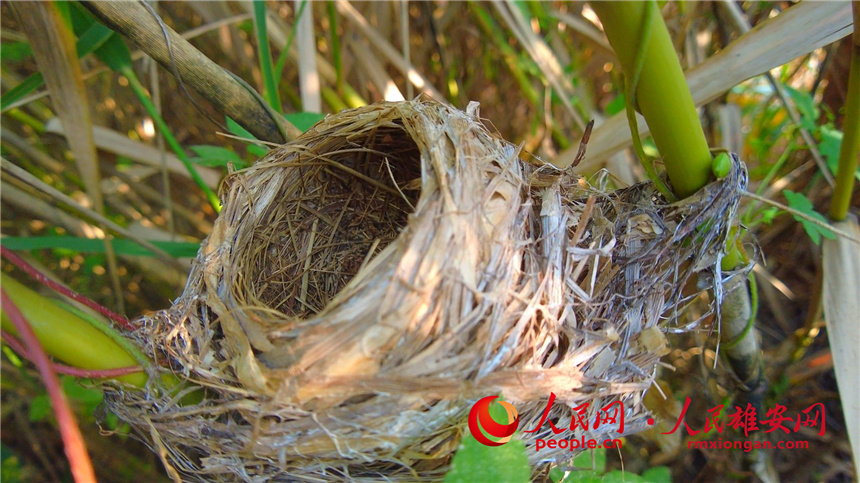
Photo shows a nest of reed parrotbill in Baiyangdian wetlands in Xiong'an New Area, north China's Hebei Province. (Photo/Gao Teng)
Some reed parrotbills have recently been spotted in the Baiyangdian wetlands in Xiong'an New Area, north China's Hebei Province, confirming the improvement of the local ecological environment.
Endemic to China, the rare bird inhabits reed beds and is under second-class state protection. Having existed on the planet for 450 million years, the little bird is dubbed as a "living fossil" of birds.
Since Xiong'an New Area was established five years ago, efforts have been made in restoring the ecological environment. Home to 237 wild bird species, up by 31 five years ago, Baiyangdian, the biggest freshwater lake in north China, has become a good breeding ground for wild birds.
Editor: Song Lifang




